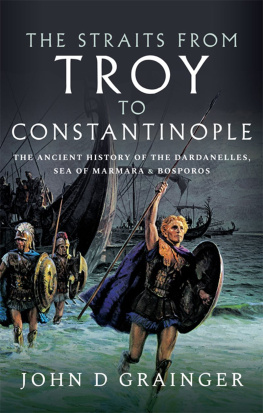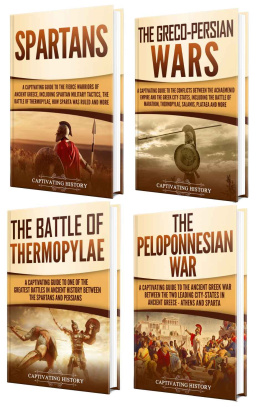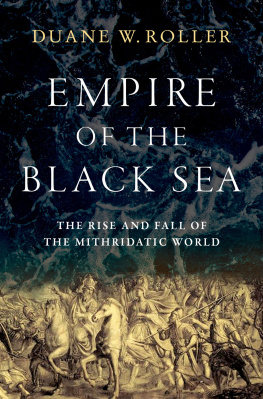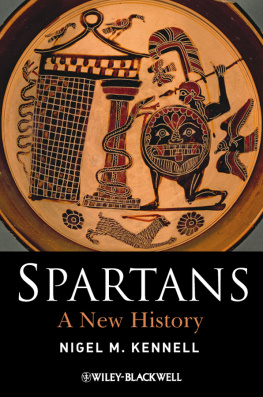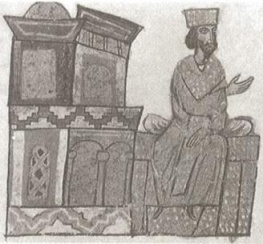For seven weeks, the citizens of the Christian city of Constantinople had been living with the sounds of impending destruction. Cannon balls whistled toward them, artillery reverberated against the city walls, and stones and rubble crashed and fell to the ground. They heard the constant clatter of flapping sails, announcing the presence of enemy ships in the waters around the peninsula on which their city was built. The distant but bloodcurdling cries of the infidel warriors, the Ottoman Turks, awakened them. A tense and terrified people, they needed no reminders of their danger.
Then, abruptly, on May 28, 1453, after several days of intense, noisy destruction, the siege of Constantinople stopped. For one of the few times in nearly two months, there was silence. No whistle, boom, or crash, no flapping clatter cut across the warm morning breezes. Even the Muslim troops were still.
The people were suspicious as they woke up that sunny Monday in May and waited for the sounds of battle to shatter the unfamiliar quiet. But when no noise came, they realized that the siege of their city was over.
As all the church bells began to ring, families poured out of their houses and called to friends and relatives . Together, old and young, nobleman and beggar, priest and thief formed a grand procession through the narrow, hilly streets. At each of the many churches on their route, the marchers stopped. Several would enter, pray, and come out carrying high and proudly on their shoulders the sacred relics and icons that they had found inside. All day long, the procession grew more impressive with the addition of these colorful artifacts and more tuneful as the marchers sang their favorite hymns. Every now and then, a priest would halt the march and chant a prayer. An important figure - a government official, a military leader, a foreign diplomat, even the emperor himself, Constantine XI - would arrive, make a brief speech, and march along for a while.
As the sun sank in the afternoon sky, the procession moved on toward the most famous landmark in Constantinople: the church called Hagia Sophia - Holy Wisdom. Although it was the spiritual center of the Eastern Christian world, most of the pious people of the city, and most of the local religious leaders as well, had not entered the sacred shrine in more than five months.
The year before, when he knew that the threat of an Ottoman invasion was imminent, Emperor Constantine XI had appealed to the Christians of the West for military assistance. Most of the European leaders had been unresponsive, but a few had offered help after Pope Nicholas V had pressured them. In return, they had demanded a costly repayment. The e mperor had to agree to the unification of his Eastern (Greek) Orthodox Church with the Roman Catholic Church. Constantine IV had had no choice, even though he knew that the union would appall his subjects, who were Orthodox. A ceremony in Hagia Sophia on December 12, 1452, had united the two churches officially. The appearance of Roman clergy in Roman vestments chanting Mass in the Latin language had offended the residents of Constantinople so much that they had refused to enter their beloved church. Their resentment of the West had increased in the months that followed because the promised military assistance had not been adequate.
But on this Monday in May 1453, they forgot all this bitterness. The local people and the European soldiers embraced each other and entered Hagia Sophia together. Standing side by side at the altar were bishops of both churches, taking turns chanting the sacred Liturgy in Latin and Greek. Worshipers took Holy Communion from Roman and Greek priests alike, without bothering to notice which was which. The emperor, his ministers, and their allies arrived; having apologized to one another for past insults and injustices, they prayed together - not as Romans and Greeks bound by treaty, but as Christians bound by faith and blood brotherhood.
A stranger arriving in Constantinople on May 28, 1453, might have thought that he was witnessing a joyous celebration. Clearly, the ringing bells, the grand procession, the speech-making, praying, and demonstrations of good fellowship were the sounds and sights of a momentous occasion. But if the stranger had taken part in the events and moved among the people, he would have realized he was attending a wake.
The people knew their enemy. They knew that the determined young Ottoman Sultan, Mehmet II, had stopped the siege not because it had failed, but because it had been successful. It had exhausted the defenders and weakened the city walls. It had broken the spirit of the Christians so that they were now resigned to their fate. Mehmet IIs silence told the citizens of Constantinople that he was now ready to strike and destroy. The people knew the sultan was giving his well-prepared, battle-primed warriors a day of rest before the final assault. The Christians knew that the Turks were as confident of victory as they, the besieged, were of defeat.
Knowing this, the people of Constantinople did not wait to hold their wake. They mended damaged friendships, marched, sang, and prayed, hoping to attract Gods attention. Not all expected a miracle, but they hoped He would see them ending their lives the way they should have lived them.
Outside the city walls, the sultan was both calm and concerned. He was calm because he knew he was going to win. He had planned long and carefully and had been faithful to his plans. When, during the siege, he had seen great vulnerable holes open in the city walls, when invasion appeared easy, when his men were anxious to take advantage of a breach and to pour through it then and there, he had restrained them. He had wanted to formulate a strategy to cover any eventuality: Invasion on the spur of the moment would have made that impossible. He had in sisted on following his plans, not his impulses, and he had done his homework well.
But Mehmet II also was wise enough to respect his enemy. He understood that planning and strategy could not always offset the courage and tenacity of opponents defending not only a military fortress but their homes and families. More importantly, he was concerned because the moment itself dictated concern, earnestness, even reverence. The capture of Constantinople had been a goal of Muslims for almost as long as there had been Muslims. Although he was just twenty-one, Mehmet II appreciated that he was the commanding officer of a generations-old army on the brink of achieving an objective of eight centuries. Solemnity seemed appropri ate on the eve of so significant a moment for Islam, the spiritual nation of all Muslim s .
Young as he was, Mehmet II undoubtedly realized also that the following day would be the climax of his own life. To say he had lived for this moment would be an understatement; he had, in fact, lived for little else.
His dreams of conquest had filled a youth that was otherwise empty. His father, Ottoman Sultan Murad II, had kept many wives in a harem with branches in several cities of his empire. Born in Adrianople on March 30, 1432, Mehmet II was Murad IIs third son. But while the mothers of his two elder half-brothers were noblewomen, Mehmet IIs mother once had been a slave. Officially, this made no difference in Mehmet IIs status, and he was no less a prince because of it. It did, however, make a difference in Murad IIs attitude toward him. The sultan favored his noble-born wives and their children over those of humbler birth. For the first eleven years of Mehmet IIs life, his father had virtually ignored him.



